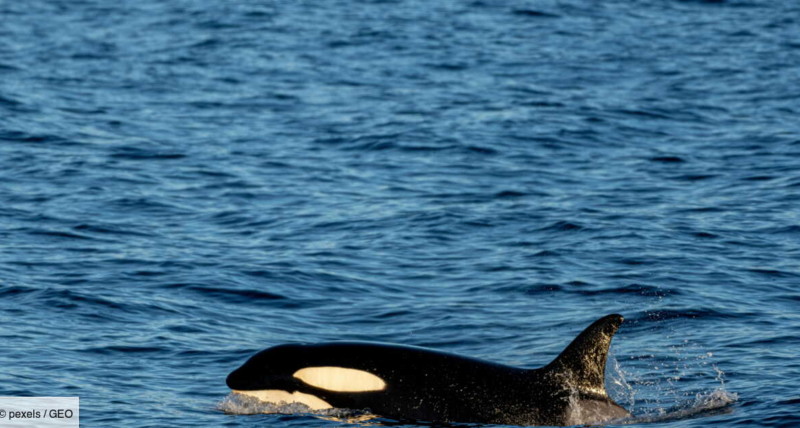His media nickname makes you shudder. The “glacier of the apocalypse” is Thwaites, a glacier in West Antarctica, which originates on the slopes of Mount Murphy. Discovered by polar explorers in 1940, it has worried scientists since the 1980s. With its neighbor, the Île du Pin glacier, it forms what they call the “soft underbelly” of the ice cap of this part of the White Continent. Ice giants subject to melting and collapse, whose disappearance could accelerate that of the entire ice sheet.
The total melting of Thwaites, the world’s largest glacier, alone could raise sea levels by up to 60 cm. Extended over 192,000 km², with a thickness of 800 to 1000 m depending on the location and running along the ocean for nearly 120 km, its decline already contributes 4% to the elevation currently recorded.
Seawater infiltration
If we already know that the Thwaites is melting faster than expected, even with little warming, a new study points to a new fragility, which has just been detected under the glacier. Seawater is seeping several kilometers beneath the ice, and much deeper than scientists previously estimated.
A phenomenon which can only accelerate the melting of the glacier, with the combined effects of salt and warmer water, fear the authors of the study published in the journal of the American Academy of Sciences (PNAS) on 20 may.
What consequences?
Currents of sea water penetrated more than six km under the glacier, according to satellite data collected from March to June 2023, and analyzed by the team led in particular by the Franco-American glaciologist Eric Rignot, from the University from California to Irvine. The scientist considers that this discovery will modify, by accelerating, the predictive models of sea level rise.
The Thwaites Glacier sits on two ocean ridges, explains the Washington Post, but rising tides raise it enough for seawater to rush deeper into the interior of West Antarctica. The authors of the study do not, however, comment on the quantity of water which thus penetrates, nor on the extent of the consequences of the phenomenon on the melting.
The Thwaites has been nicknamed the “glacier of the apocalypse” since an article in the American magazine Rolling Stone in 2017, which spoke of a “Doomsday glacier”, literally “the glacier of the last judgment”.
Scientists are more reluctant to use such terminology, mainly for two reasons: because it can give the impression that the most fatal outcome is inevitable, and because it can obscure that the problem concerns countless other glaciers. in the region and around the world.




